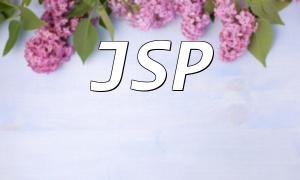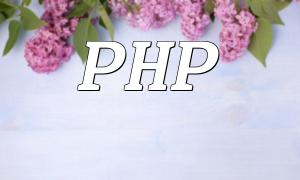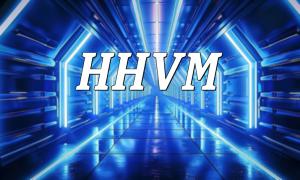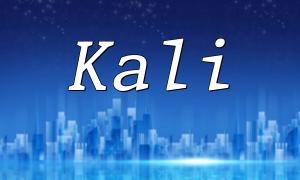In today's web environment, website performance and security are crucial. To improve website efficiency, many developers choose to combine IIS (Internet Information Services) with PHP. This article offers a detailed step-by-step guide on installing and configuring IIS7 and PHP 5.3, helping you quickly build a stable and efficient web platform.
First, you need to enable IIS7 on your Windows system. Follow these steps:
1. Open the Control Panel and go to "Programs".
2. Select "Turn Windows features on or off".
3. In the pop-up window, locate "Internet Information Services (IIS)".
4. Check necessary components, especially "Web Management Tools" and "World Wide Web Services".
5. Click "OK" to complete the installation.
After installation, enter http://localhost in your browser. If you see the IIS welcome page, IIS has been installed successfully.
Next, install PHP 5.3. Make sure to download the correct version compatible with IIS7.
Visit the official PHP website and download the PHP 5.3 package suitable for Windows.
1. Extract the PHP files to a chosen directory, for example, C:\PHP.
2. In IIS Manager, right-click the site you want to configure and select "Properties".
3. Go to "Handler Mappings" and add a new mapping:
Request path: *.php Executable: C:\PHP\php-cgi.exe Name: PHP_via_FastCGI
4. Ensure FastCGI support is enabled.
Create a simple PHP info page to verify the environment:
<?php phpinfo(); ?>
Save this as info.php in the IIS default website root directory. Visit http://localhost/info.php in your browser; if PHP configuration info appears, PHP is properly set up.
Make sure your Windows system is updated with the latest patches during installation to avoid compatibility issues affecting IIS or PHP. Also, after setup, update configuration files promptly to enhance security.
Overall, installing and configuring IIS7 with PHP 5.3 is straightforward. Following the above steps will help you quickly establish a stable and efficient website environment. Continuing to optimize and learn will further improve your website’s performance and security.










